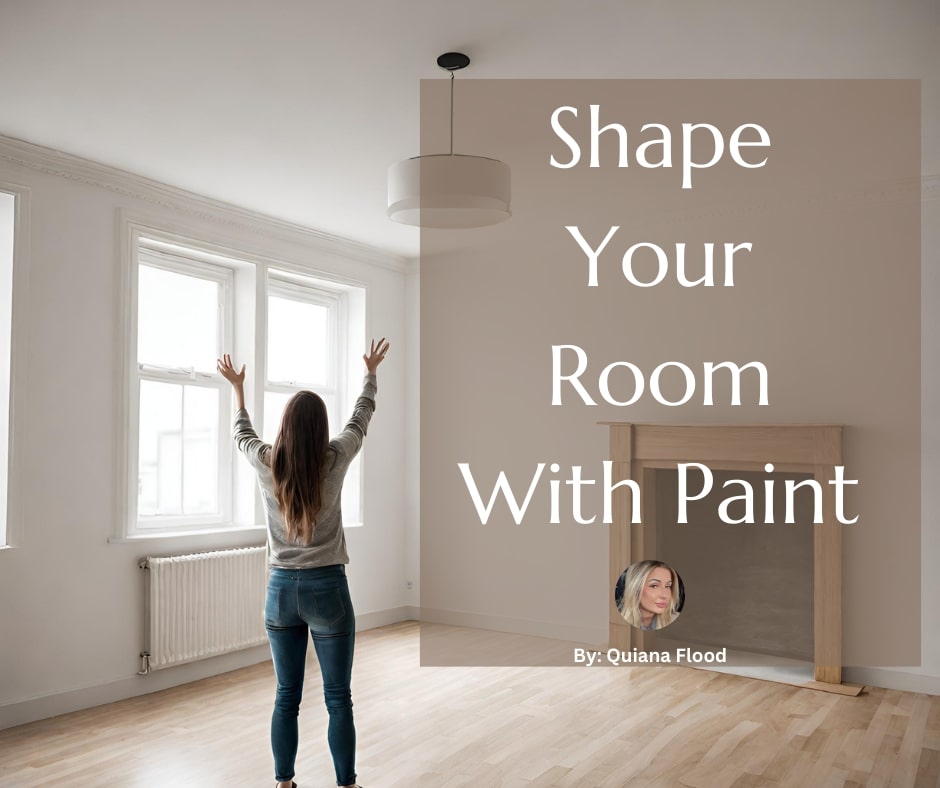How to Shape a Room With Paint
Transform Your Space: The Magic of Interior Paint
The art of interior design is akin to magic; it takes a dash of creativity, a sprinkle of color, and a touch of illusion to turn a simple room into a memorable space. Yet, of all the tricks up the home remodeling sleeve, perhaps none is as powerful and versatile as the wield of a paintbrush. Color, position, and the surfaces we choose to paint play an indispensable role in the metamorphosis of our spaces. In this comprehensive guide, we'll explore the myriad ways in which paint can be strategically used to change the feel, size, and ambiance of any room, and why the seemingly simple act of painting shouldn't be underestimated.
The Illusion of Space: Expanding a Room's Dimensions
A small, cramped room can feel as though it's closing in on you, but with a few strokes of the right paint, you can open up the walls and let the light pour in. It's an optical illusion that the eye readily accepts – and one that doesn't shrink your wallet. Here's how to make your room feel like it's gained a few extra square feet:
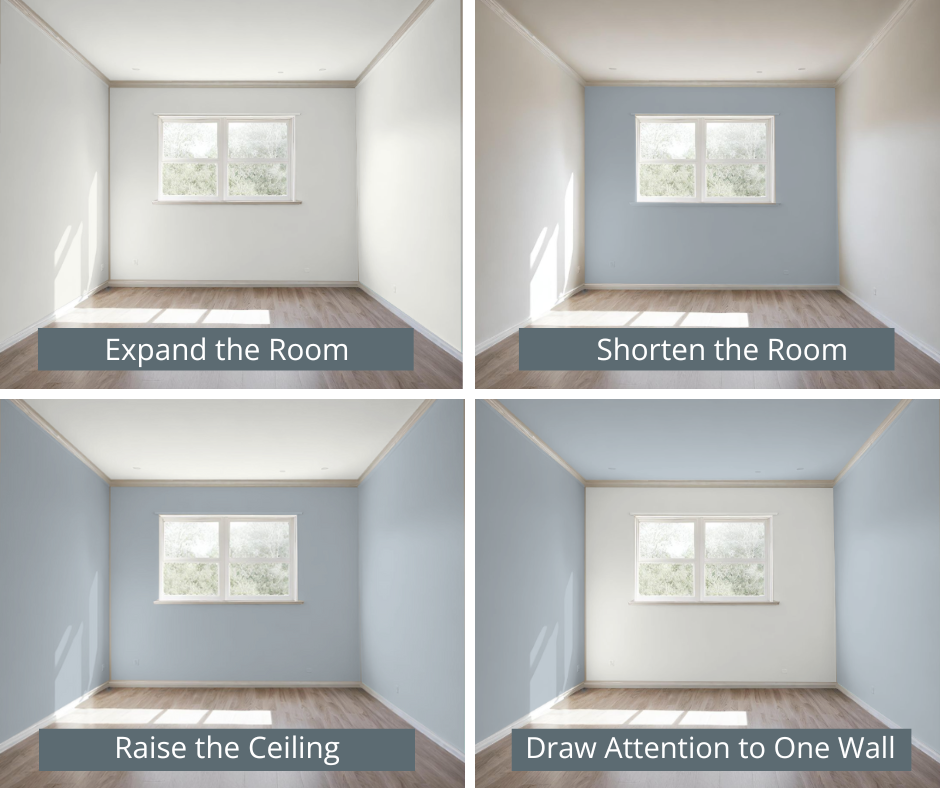
1. Light and Bright: The Expansive Effect of White
White has long been the champion of space. Its reflective properties bounce light around, making the boundaries of a room indistinct, especially when it's used on all walls and the ceiling. To maximize this effect, choose a white with warm undertones that won't feel clinical or stark, and extend the white to your moldings and trims to maintain a seamless, boundaryless flow.
2. The Horizon Line: Accentuating Room Height
For rooms with lower ceilings, vertical stripes in light colors draw the eye upward and create an impression of higher ceilings. Conversely, horizontal bands can make a long, narrow room seem wider. These 'stripes' need not be uniform; artistic interpretations with varied widths or softly blended delineations can achieve similar effects without being too on the nose.
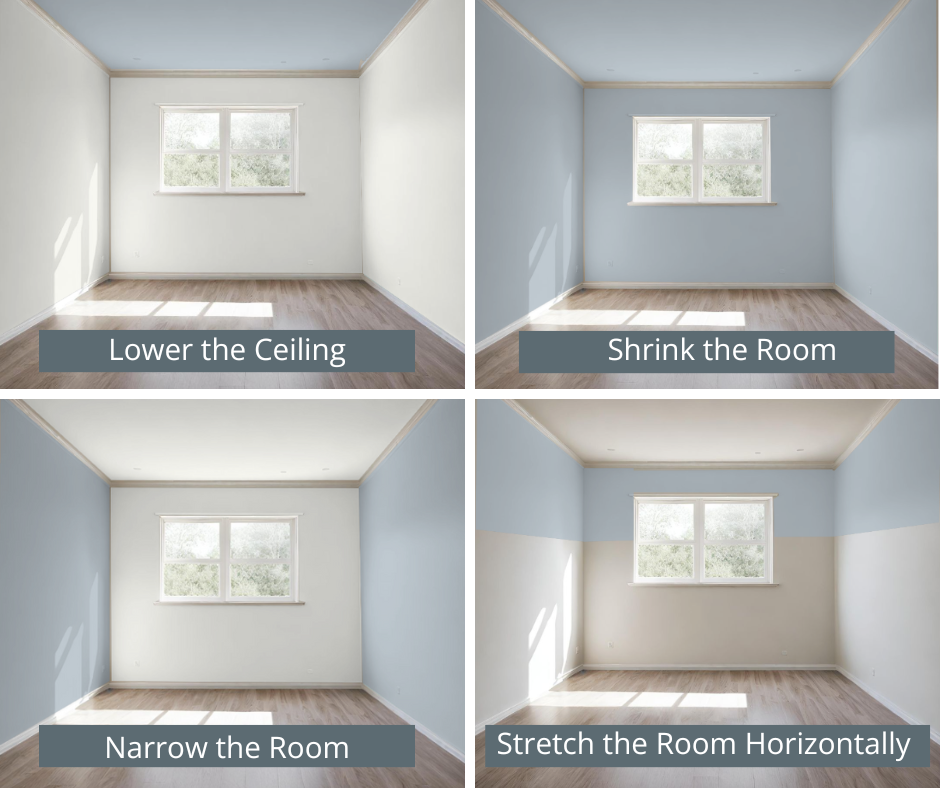
3. Built-In Depth: Darker Shades on the Perimeter
If your goal is to make a cavernous room feel more intimate, consider painting the perimeter walls in a darker shade of gray or blue. By subtly encroaching on your floor and ceiling space, these deep hues create a cozy, 'embraced' feel. Think of it as the room's way of giving you a comforting hug.
A Subtle Embrace: Making an Otherwise Vast Room Intimate
On the flip side, a room that's too cavernous can feel cold and uninviting. To coax these spaces into a more intimate embrace, paint can once again come to the rescue, but with a different palette of colors and techniques:
1. The Ceilings as a Canopy: A Tent of Character
In a large room with a high ceiling, introducing a bold color to the 'fifth wall' can lower the apparent height, creating an enclosed, more intimate space. This is particularly effective in rooms where a cozy atmosphere is desired, like a den or large bedroom. Ensuring that the walls complement this color is key; neutral tones or lighter shades that contrast adequately can create a striking 'stage' for the room's main event.
2. Focal Point Walls: Commanding a Vast Space
Focal point walls are not just reserved for the 'center stage' in design. In a large room, where furniture and architecture might otherwise get lost, creating a focal point can help anchor the space. Choose a wall with architectural interest, like the one housing your fireplace, a large window, or a bookshelf, and paint it a color that stands out in contrast to the rest of the room. This will draw attention and give the room a center around which everything else can revolve.
3. Cohesion with Color: Harmonizing Separate Zones
When a large space serves multiple functions or is open-plan in nature, using varying shades of the same color family can help define different areas without breaking the visual continuity. For instance, a lighter shade in an activity area can make the space feel dedicated and separate, while a darker hue in a dining or relaxation zone maintains the room's blend with a more intimate, enclosed feel.
The Mark of Identity: Personalizing Your Domain with Color
Psychologists have long studied the effects of color on our emotions and behavior. Our personal spaces can be the ultimate manifested expression of these findings. Here's how to use color to truly make a room your own:
1. The Power of Warm and Cool: A Temperature Gauge for Mood
Warm colors—like reds, yellows, and oranges—can create an energetic and stimulating environment, perfect for spaces of activity or gathering. In contrast, cooler tones—blues, greens, purples—instill a sense of calm and can be ideal for areas designed for rest or repose.
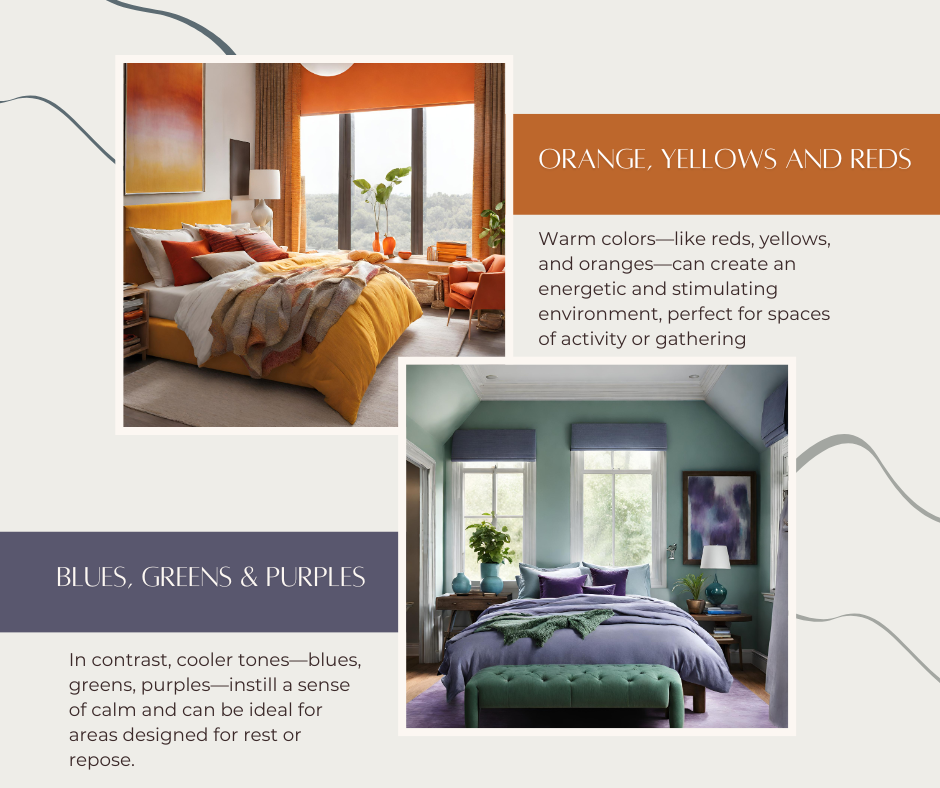
2. Tonal Transitions: Creating a Sensory Journey
Transitioning through different shades of a color family as you move from one room to another can create a harmonizing thread that ties your home's aesthetic together. It's a less jarring way to introduce variety and can act as a soothing continuum for the eyes and mind.
3. The Personality Wall: A Splash of 'You'
One of the most straightforward and popular ways to use paint for personalization is the accent wall. This is the wall that reflects your tastes, your passions, or your dreams. It could be a vibrant color that energizes a space, a serene landscape that brings the outdoors in, or a bold pattern that speaks to the adventurer within. The key is that it's unequivocally you.
Beyond the Walls: Painting to Enhance Architectural Features
Sometimes, the most beautiful aspects of a room aren't its walls at all. A ceiling with exposed beams, a staircase with carved banisters, or moldings with intricate detail can transform a room from standard to sensational with the right application of paint or finish:
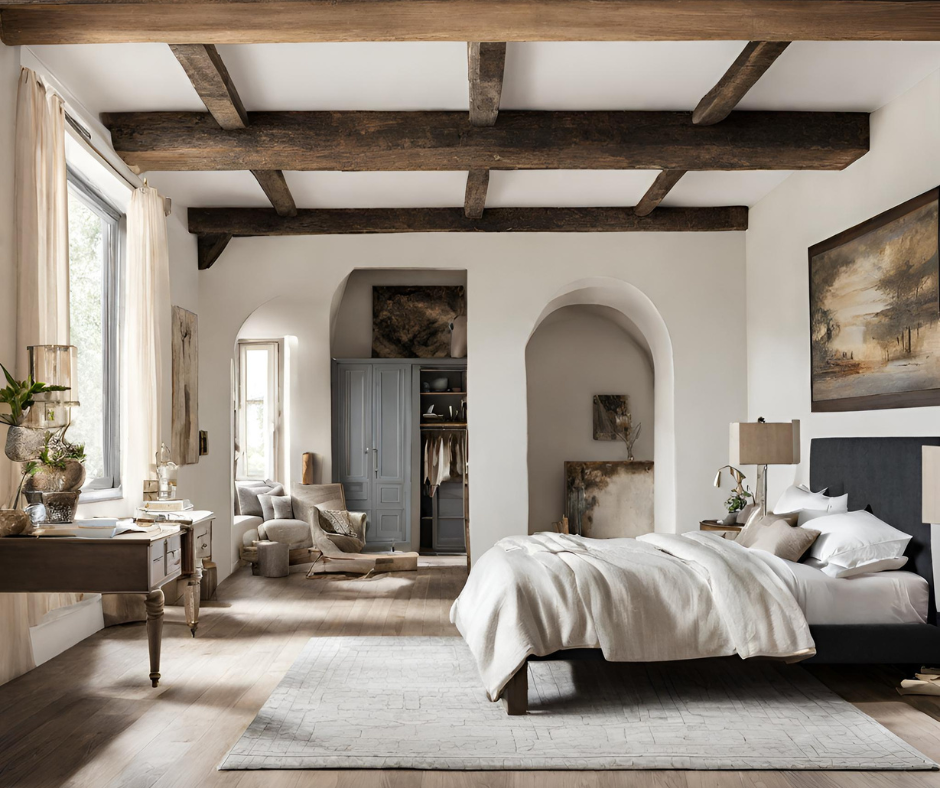
1. Highlight with High Gloss: Emphasizing the Architectural Stars
High gloss and semi-gloss paints are designed to reflect light and can be used to highlight architectural features like crown moldings, baseboards, or wainscoting. They don't just add a touch of elegance; they can make these features pop with a three-dimensional clarity that matte finishes can't offer.
2. The Magic of Color Washing: Adding Depth and Interest
Color washing and techniques like sponging or rag rolling can add a depth and texture to your walls that can elevate a room's design. When done with a subtle hand, these methods can create a soft, weathered look that complements a variety of design styles and looks especially good in rooms with natural light.
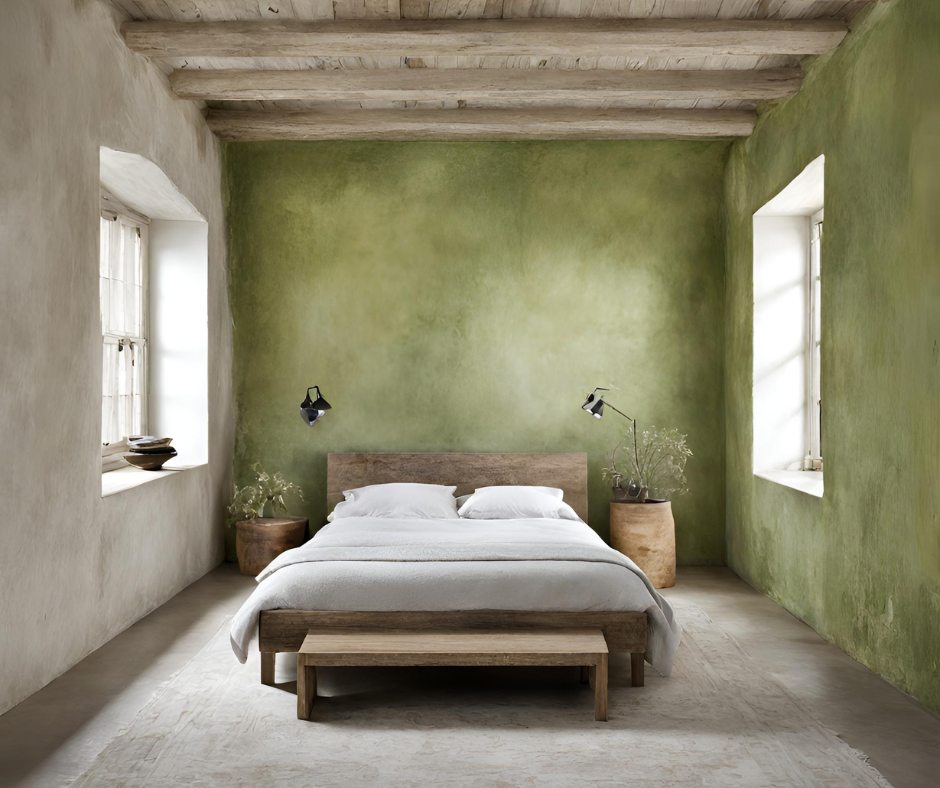
3. The Blend with The Big Picture: Beams, Banisters, and Beyond
Any trim, any feature, any material—each can become a canvas in your architectural ensemble. Stained woods can be painted to match or contrast with the rest of the room, wrought iron can be made to look vintage or modern with appropriate treatments, and beams can be accented with subtlety or with a boldness that commands the space. The key to success here is coherence with the room's larger design narrative.
Professional Painting Services: When to DIY and When to Delegate
While DIY can be a rewarding and cost-effective option, there are times when the expertise of a professional painter can make a significant difference. Here are some factors to consider:
1. Scale and Complexity
The larger the room and the more complex its architectural features, the more daunting a DIY painting job can become. Professionals have the experience and tools to tackle even the most detailed tasks efficiently.
2. Time and Investment
What's your time worth? When considering the financial and time investments in a DIY project compared to hiring a professional, it's essential to weigh the costs and benefits. A professional can complete a project in a fraction of the time it might take an amateur.
3. Care and Quality
A professional painter's work isn't just about a fresh coat of paint; it's about the preparation, precision, and attention to detail that result in a finished product that looks its best and stands the test of time.
Paint is more than a color on a wall; it's a storyteller, an illusionist, and a mood-setter. It's a tool as much for the skilled craftsman as for the enthusiastic novice. With these strategies, you can wield paint to transform your room into a space that reflects your style, meets your needs, and truly feels like home. Remember, whether you decide to DIY or bring in the professionals, the act of painting is as transformative as the paint itself. Welcome to the magic of interior design – there's a brush with your name on it.

